-1.png)
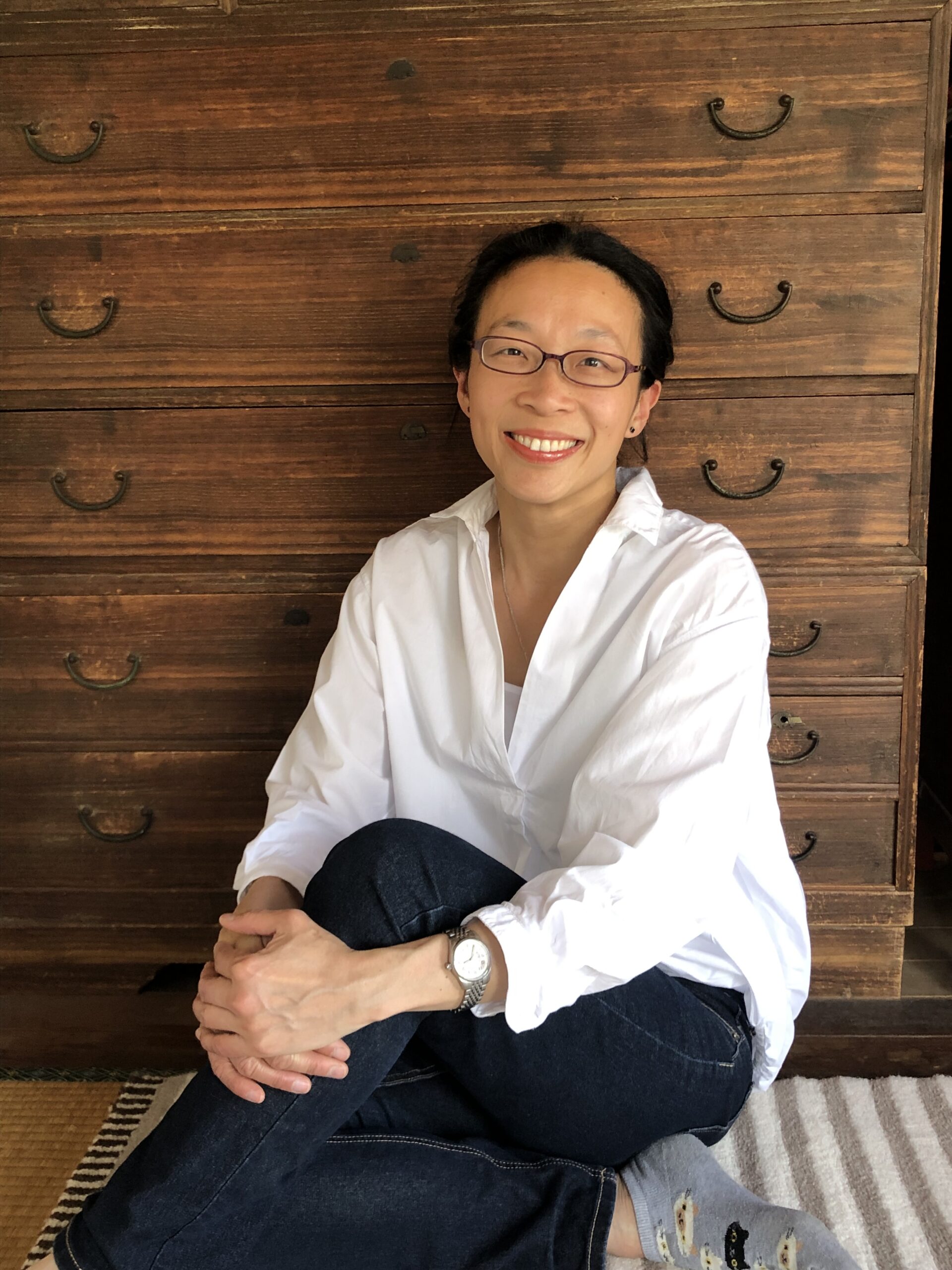
From imperial courts to modern catwalks, the Japanese kimono has endured as a symbol of elegance, craftsmanship, and quiet power. This journey through its thousand-year history reveals how one garment came to embody the soul of a culture—and why it still captivates the world today.
The Kimono as Living Elegance
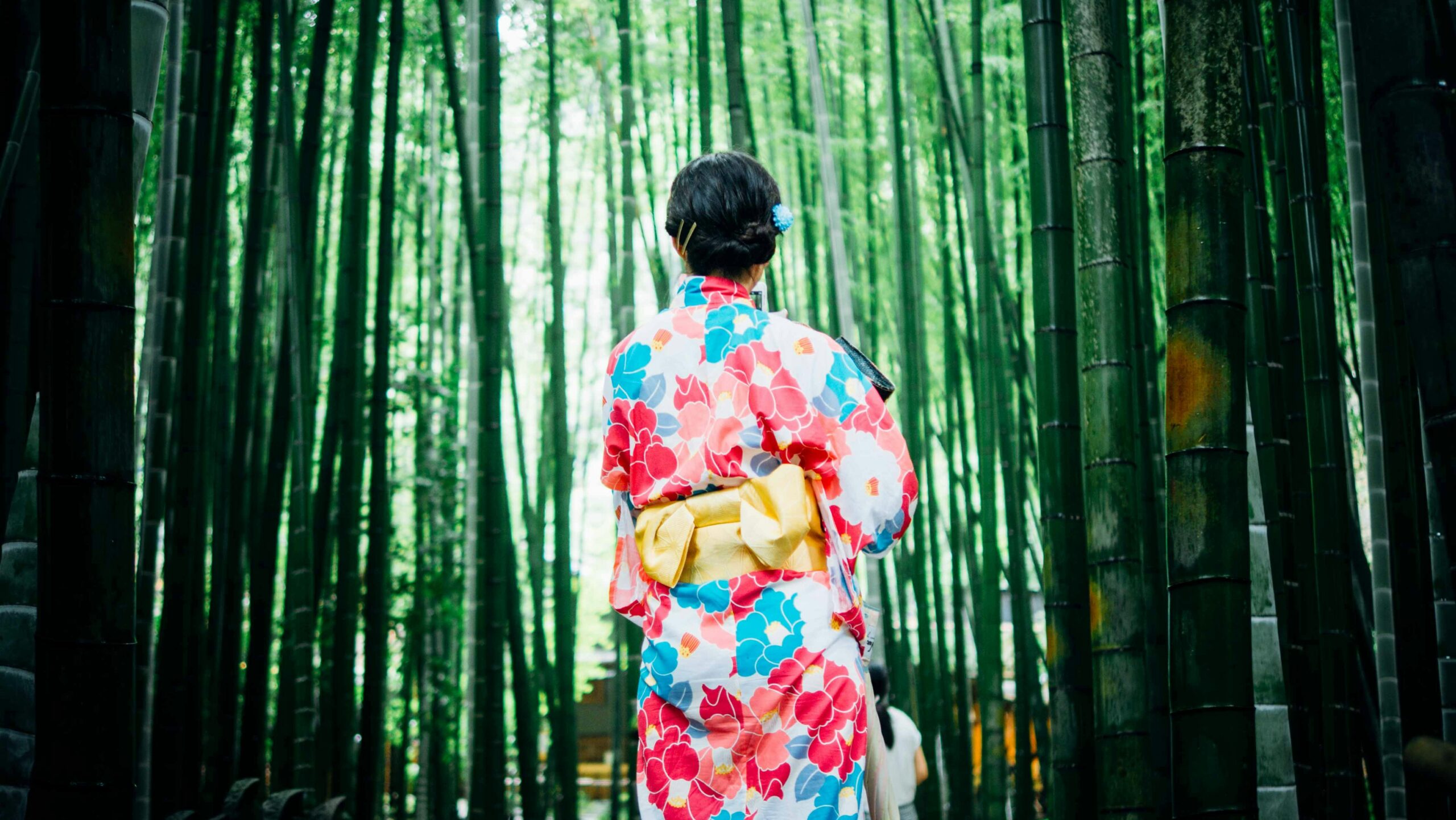
Few garments in the world carry the quiet power, history, and artistry of the Japanese kimono. Worn by emperors, artisans, brides, and performers, the kimono transcends mere clothing to become a living expression of Japanese aesthetics, identity, and cultural heritage. For the discerning traveler, understanding the story woven into each fold and fabric deepens not only appreciation but connection. This article traces the kimono’s evolution—from its elegant beginnings through centuries of transformation to its revered place in modern Japan—and explores how today’s visitors can engage with this enduring cultural treasure.
What is a Kimono? Origins and Early Influences
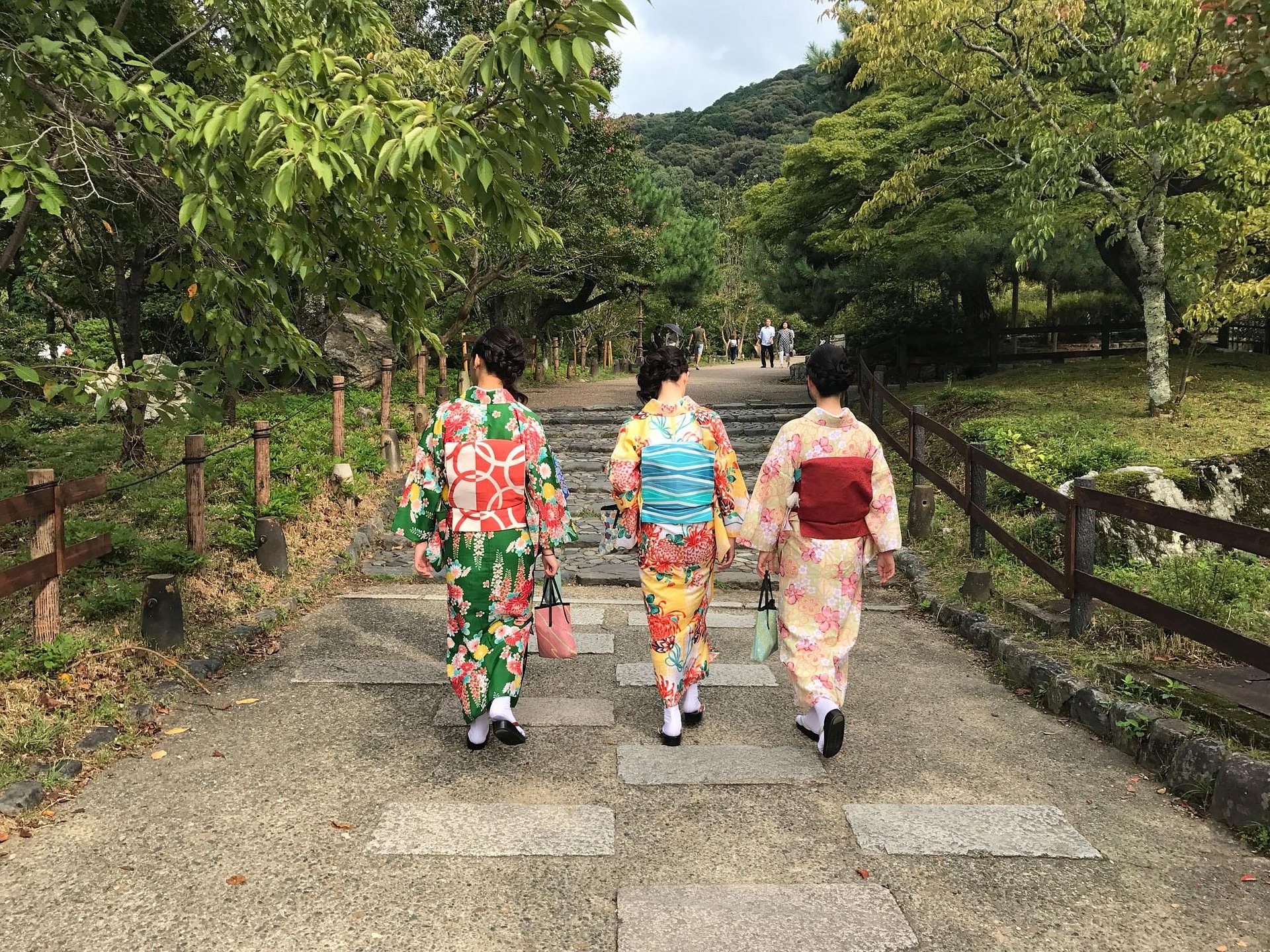
The word kimono literally means “thing to wear” (ki = wear, mono = thing) and refers to the traditional Japanese garment characterized by its T-shaped, straight-lined robes wrapped around the body and secured with an obi (a wide sash). While the kimono is often seen as uniquely Japanese, its origins trace back to East Asian clothing traditions.
During the 6th to 8th centuries, Japan’s early court culture was heavily influenced by Chinese fashion, particularly from the Sui (581–618) and Tang (618–907) dynasties. Japanese envoys and scholars brought back styles and tailoring techniques, which were gradually adapted and transformed within Japan’s own aesthetic and social framework.
Over centuries, the kimono evolved distinct features—simpler cuts, specific sleeve lengths, and unique ways of layering—that set it apart as a singular art form deeply tied to Japanese identity.
Both men’s and women’s kimono share this foundational structure but differ in color, fabric, sleeve length, and styling. Women’s kimono often feature vibrant patterns and longer sleeves, especially for younger or unmarried women, while men’s kimono (sometimes referred to as kimono male) tend toward more subdued colors and simpler designs, traditionally paired with accessories like the haori jacket and hakama trousers.
Heian Period (794–1185): The Birth of Kimono Aesthetics
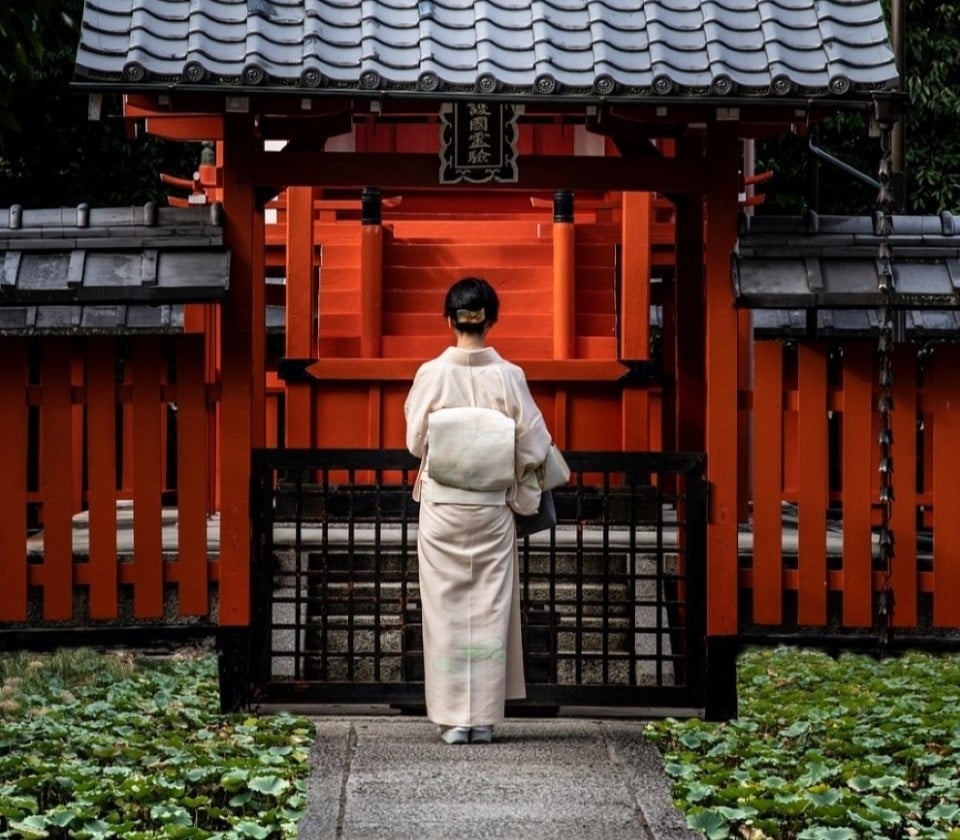
The roots of the modern kimono emerged during the Heian period, when Japan’s aristocracy developed a sophisticated court culture marked by refinement and harmony with nature. With the end of diplomatic missions to Tang China, Japanese clothing began evolving into something distinct, shedding continental influences in favor of native aesthetics.
The period’s most iconic garment, the junihitoe—a twelve-layered silk robe worn by noblewomen—was more than a symbol of wealth. Its seasonal color pairings and poetic symbolism reflected a cultivated sensitivity. Weighing up to 10 kilograms, it was designed for graceful stillness rather than movement. Each layer, from the karaginu to the mo, followed an exacting visual code, complemented by formalized hairstyles and posture.
In contrast, commoners wore simpler garments. Men favored hitatare jackets and narrow hakama trousers, while women wore kosode (narrow-sleeved robes) layered with practical folded wraps. Though modest, these pieces laid the foundation for the modern kimono’s structure and sensibility—where clothing expressed both social role and personal harmony.
Kamakura and Muromachi Periods (1185–1573): From Courtly Elegance to Warrior Utility

As the samurai class rose to power, kimono design shifted toward practicality and restraint. Warrior men wore hitatare, loose two-piece outfits that allowed for ease of movement and armor layering, setting the tone for dignified masculine dress.
The kosode became increasingly common for both sexes—its shorter sleeves and simpler form well suited to everyday life. For men of modest means, the kosode even doubled as bedding: wrapped around the body at night, it served like a futon. Women’s clothing also simplified, though aristocratic layers remained for ceremonial use.
This era marked a cultural shift. Where once clothing had been poetic and ceremonial, it was now also a tool of identity, utility, and emerging warrior discipline. The streamlined silhouettes and subdued palettes that define today’s kimono began to crystallize during this period.
Edo Period (1603–1868): The Flourishing of Kimono Culture
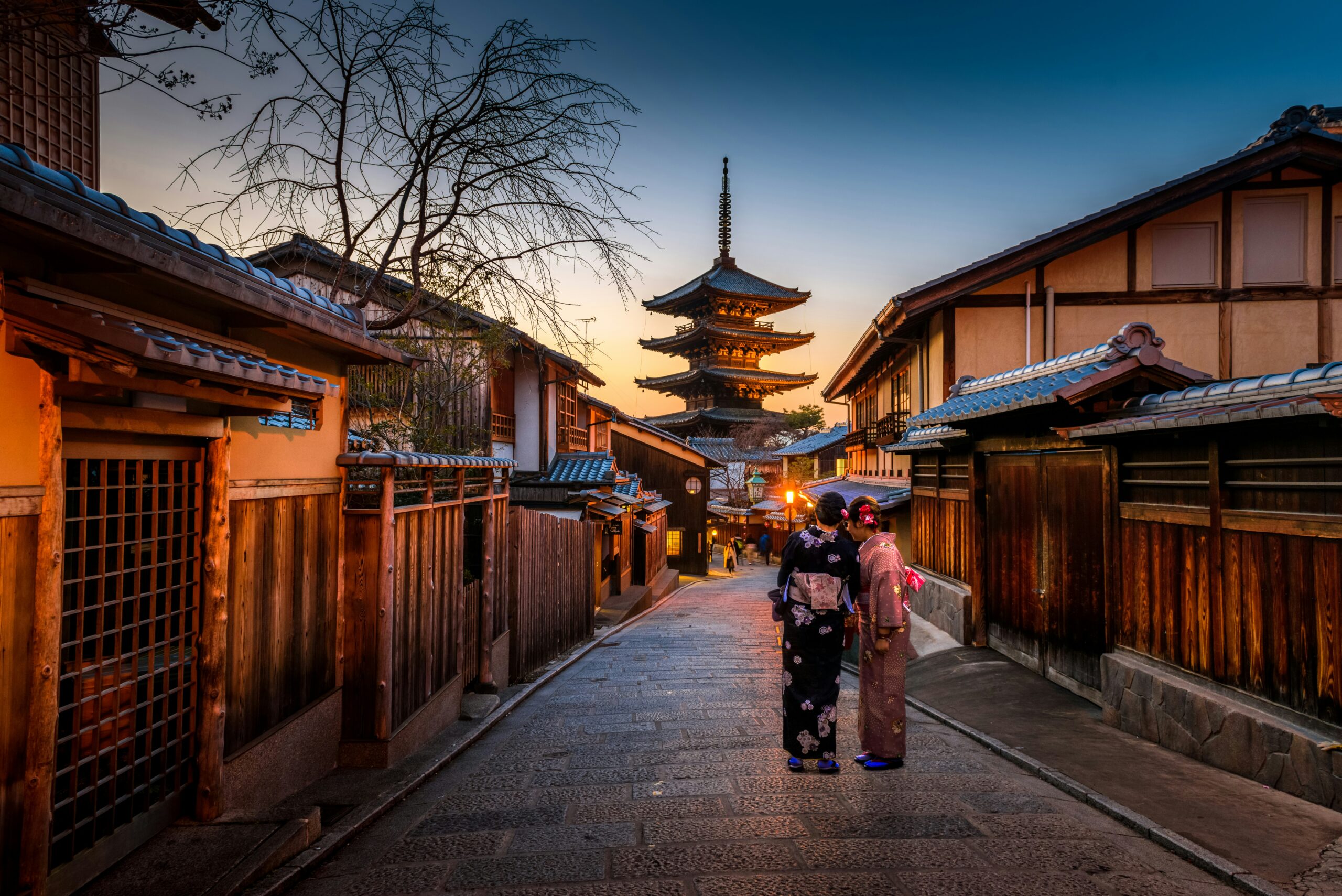
The Edo period represents the zenith of kimono culture—a time when Japan’s long isolation fostered the growth of a unique and deeply sophisticated cultural identity. The rising economic power of townspeople, or chōnin, fueled a vibrant urban culture that found exquisite expression in kimono fashion.
Kimono patterns and fabrics became highly codified, reflecting social hierarchy and regional identities. Each clan—akin to a modern municipality—developed its own distinctive patterns, while fabrics were strictly regulated according to status. Samurai, merchants, and farmers each had designated materials they could wear, with townspeople often restricted to cotton or less luxurious textiles. Yet within these boundaries, the creativity of Edo’s townspeople flourished, as they devised intricate and imaginative ways to express personal style and social pride.
Accessories also saw remarkable diversification. Women adorned their hair with exquisite kanzashi (ornamental hairpins) and kushi (combs), which came in a dazzling array of designs crafted from lacquer (urushi), delicate openwork (sukashibori), tortoiseshell, and even ivory—materials admired for their artistry and luxury. These accessories, beloved by women across social classes, remain iconic symbols often seen in period dramas today.
Men, too, cultivated their own sartorial sophistication. They carried inro—small, intricately decorated medicine cases suspended from the obi—that served both practical and ornamental purposes, alongside tobacco pouches and elegant bags reminiscent of modern-day fashion accessories. These items underscored a keen attention to detail and personal grooming within Edo society.
The influence of kabuki actors as fashion icons was particularly notable during this era. Their dramatic, often flamboyant kimono styles and obi knotting inspired women and men alike, sparking a variety of innovative obi tying techniques. It was in this period that the obi evolved into a wider, longer, and sometimes reversible sash—transforming from a simple functional band into a central statement piece of kimono fashion.
Together, these developments laid the foundation for the modern kimono, blending artistry, social nuance, and urban vitality into a living cultural masterpiece—an elegance still admired and treasured today.
Meiji to Early Showa Period (1868–1945): Western Influence and Wartime Transformation
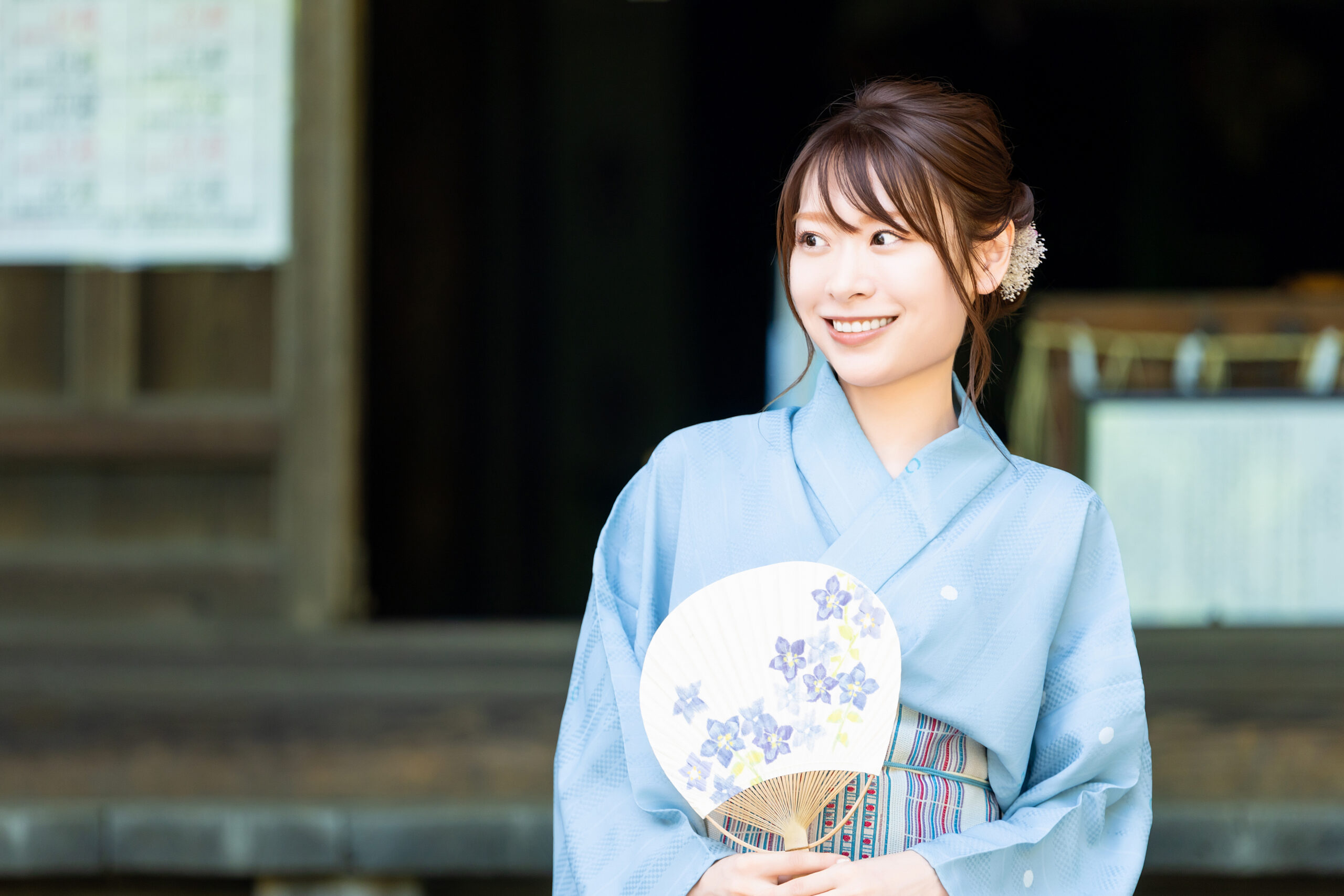
The Meiji Restoration marked a profound turning point for Japan, bringing an influx of Western culture that deeply transformed society and fashion alike. This era saw the emergence of the innovative “Kimono + Western Style” fusion, where traditional kimono garments were paired with Western accessories—imagine kimonos worn alongside lace collars or carried with Western umbrellas. Some trendsetters even boldly combined kimonos with Western shirts and neckties, blending the elegance of East and West in a uniquely modern expression.
However, the momentum of kimono fashion was interrupted by wartime exigencies. In 1940, the government enacted the National Dress Decree, mandating strict dress codes to support the war effort. Men were assigned khaki-colored national defense uniforms, while women’s attire was limited to prescribed Western-style, Japanese-style, or air-raid uniforms—including the practical monpe work trousers. These regulations accelerated the decline of kimono as everyday wear, marking a dramatic cultural shift amid national hardship.
Postwar to Present (1945–Today): Cultural Resilience and Modern Revival
![List of Japanese Customs] What are the rules unique to Japan? Some English sentences to teach foreigners](https://en.motenas-japan.jp/wp-content/uploads/2022/05/kimono-1822520_1280.jpg)
Following World War II, Western clothing became the norm in daily life, and the kimono’s role shifted dramatically. No longer everyday attire, the kimono took on a new cultural significance as ceremonial and formal wear. It became a cherished symbol worn at important life milestones such as the coming-of-age ceremony (Seijin-shiki), weddings, and children’s festivals like Shichi-Go-San.
While Western fashion dominates contemporary Japan, the kimono endures as a powerful emblem of tradition and identity. Recent decades have seen a resurgence of interest, especially among younger generations and international admirers. Casual versions like the lightweight cotton yukata have made kimono culture more accessible, while luxury silk kimono continue to embody timeless elegance. Today, the kimono balances reverence for heritage with evolving expressions of style, ensuring its place in Japan’s cultural landscape for years to come.
Global Renaissance: Kimono in the Modern Age
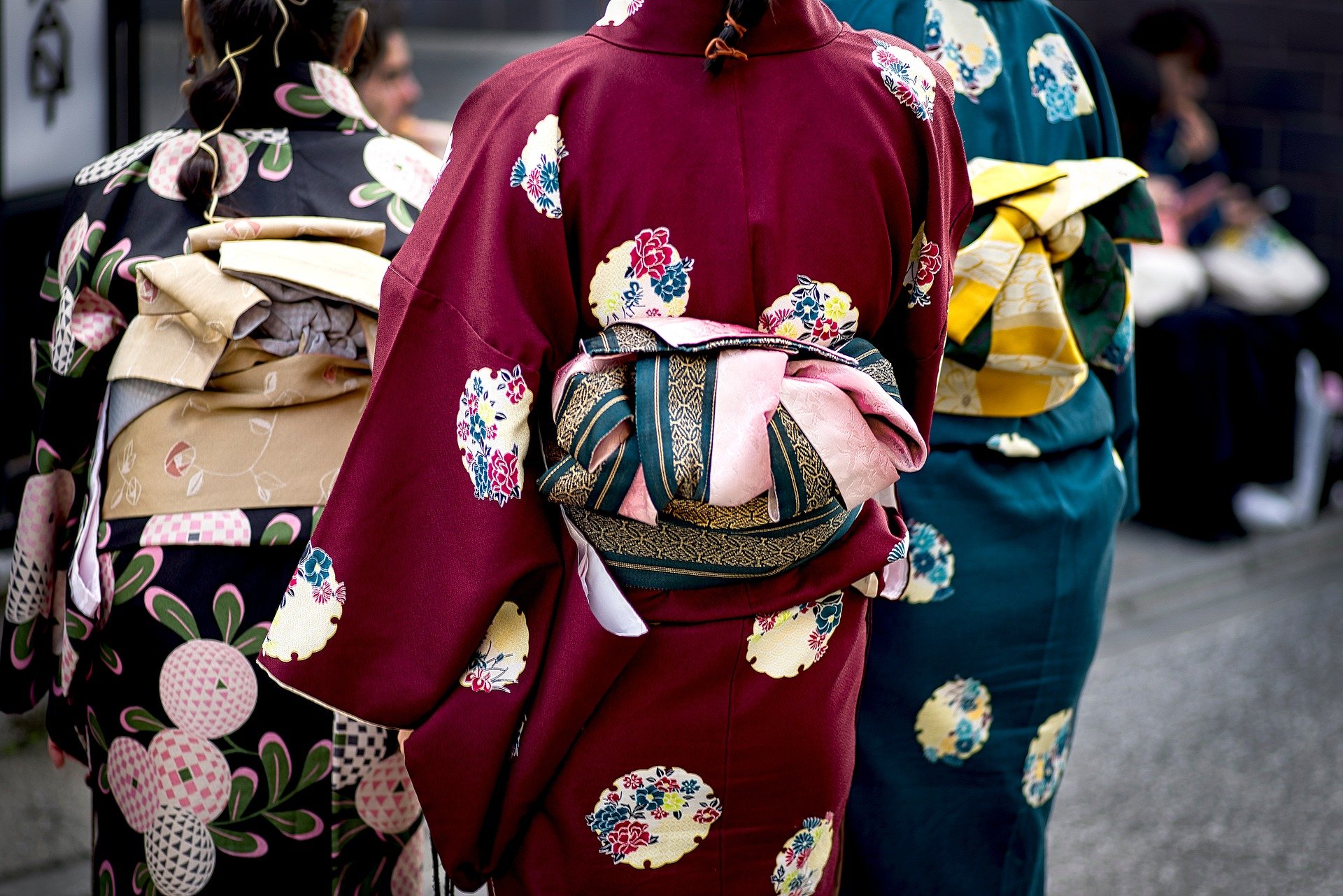
Although Western clothing has become the norm for daily wear in Japan, the kimono continues to evolve and resonate deeply, especially with younger generations and global audiences. A vibrant kimono renaissance is underway, fueled in part by the SNS generation, who embrace the kimono as both a fashion statement and a way to connect with cultural heritage.
In historic districts like Kyoto and Asakusa, numerous kimono rental shops have made wearing this traditional garment accessible and appealing to locals and tourists alike. These experiences—often including professional dressing and hairstyling—offer a chance to step back in time and create stunning visual memories, ideal for sharing on social media platforms.
Fashion tastes among younger wearers have diversified, shifting from the bold, bright colors of the past toward pastel hues and styles that blend tradition with contemporary trends, including pairing kimonos with boots and gloves. Seasonal yukata, the lightweight cotton summer kimono, are also experiencing a surge in popularity, with fashion brands releasing new patterns and colors annually to keep the tradition fresh and stylish.
Kimono’s global influence is undeniable, embraced by international celebrities who incorporate it into their wardrobes and performances. Icons such as Freddie Mercury of Queen famously donned kimono-inspired costumes, while Madonna has captivated audiences wearing kimono-inspired designs on stages like the Grammy Awards. These endorsements highlight the kimono’s timeless appeal as a symbol of unique style and cultural artistry.
Luxury Kimono Experiences for Travelers

For discerning travelers seeking an immersive cultural encounter, wearing a kimono offers a refined way to connect with Japan’s traditions and timeless aesthetics. From the graceful drape of the fabric to the careful selection of colors and motifs, the kimono is more than clothing—it is a living art form shaped by centuries of craftsmanship and cultural expression.
Kimono artisans continue to employ traditional techniques such as yuzen dyeing and hand embroidery, producing garments that reflect nature, seasonality, and personal meaning. Whether crafted from sumptuous silk or simpler woven textiles, each kimono tells a quiet story through its form, texture, and symbolism.
For corporate clients and executive travelers, engaging deeply with kimono culture transforms the experience of Japan. MOTENAS JAPAN offers curated opportunities including:
- Private kimono dressing sessions with expert stylists who tailor the experience to individual tastes.
- Visits to artisans’ studios specializing in dyeing, weaving, and embroidery, offering insight into centuries-old craftsmanship.
- Commissioning custom silk kimono, blending tradition with personal luxury.
- Seasonal kimono and yukata rentals with etiquette guidance in Kyoto, Kanazawa, and Tokyo, providing immersive cultural participation.
These experiences transcend mere sightseeing, inviting guests to embody Japan’s refined heritage firsthand, transforming not only one’s appearance but one’s sense of place.
Wearing a Story
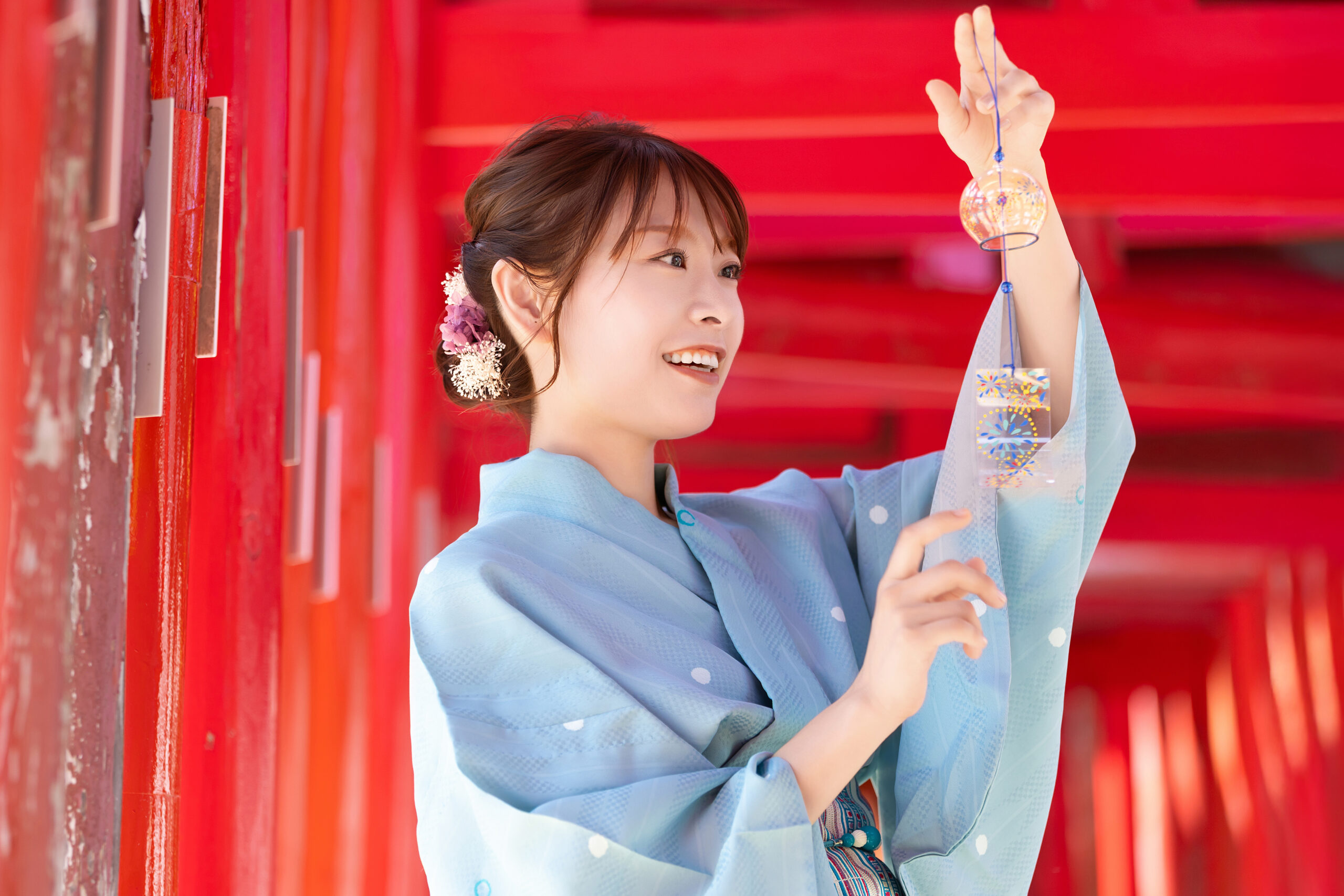
Each kimono carries the weight of history and the grace of artistry. Wearing one is to participate in a story that spans centuries—a story of nature, identity, craftsmanship, and timeless beauty. For travelers seeking meaningful connection and quiet luxury, the kimono remains an unparalleled gateway into Japan’s cultural soul.
Whether strolling Kyoto’s historic streets in a summer yukata or attending a formal ceremony in a custom silk kimono, the garment invites presence and reflection—truly a living tradition.
A mom of three in a multicultural family (American × Filipino × Chinese × Japanese) and a well-loved private tour guide based in Tokyo.
Known for my warm hospitality and thoughtful, personalized tours, I consistently receive five-star reviews from international guests.
Drawing from my own cross-cultural life and travel experiences, I love introducing visitors to Japan’s charm — from hidden backstreets to heartfelt local moments.





